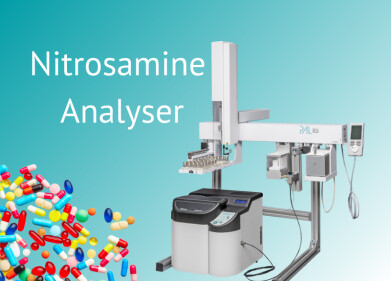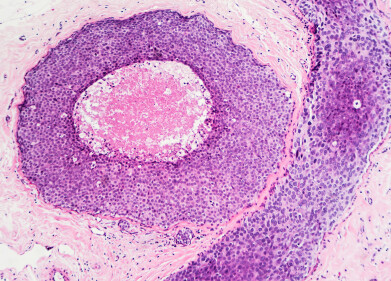Laboratory Products
Cooling Thermostats with Natural Refrigerants 24 Variants to Reduce the Greenhouse Effect
Dec 19 2011
Lauda ECO Silver and Gold cooling thermostats with natural refrigerants have been available since the start of 2011. Compared with the fluorocarbons normally used, natural coolants have a far lower global warming potential. As such, users can contribute to reducing the direct greenhouse effect for the purpose of climate protection.
Cooling Thermostat ECO RE 620 GN
As is also the case for the ECO thermostats with conventional refrigerants, a large range of models is available to the user. Variants with the Silver control head up to 150°C are equipped with a monochrome LCD display. The Gold control head has a colour TFT display and an operating temperature range up to 200°C. A mini USB interface comes as standard with both control heads and additional interfaces are available as modules.
All modules are available as air and water-cooled versions. The 24 cooling thermostats in total with natural refrigerants are available for a small additional charge. The thermostats are externally indistinguishable from the devices with conventional refrigerants. Even the performance data are identical. The cooling thermostats work in the range from -50 to 200°C and offer baths from 4 to 20 litres. The cooling capacities are 180, 200, 300 and 700 W at 20°C. The most powerful devices at 700 W are fitted with the SmartCool system, which is already familiar from the Proline. This allows a significant energy saving, as it provides only the cooling capacity actually required rather than the maximum. The ventilation grille of the refrigerator can be removed with no tools for easy cleaning of the condenser. With all cooling thermostats, the bath cover and pump set are available as standard.
Propane (R290) is used as the refrigerent. As propane is combustible, the developers at Lauda have placed particular emphasis on the safety aspects. The cooling circuit is hermetically and permanently sealed. This reduces the risk of leakage to a minimum. A build-up of explosive mixes is impossible, as the fan operates constantly when the device is switched on. All of the relevant components with possible sources of ignition are protected inside the thermostat. There is therefore no need to remove the electronics to the outside of the device.
Digital Edition
Lab Asia 31.6 Dec 2024
December 2024
Chromatography Articles - Sustainable chromatography: Embracing software for greener methods Mass Spectrometry & Spectroscopy Articles - Solving industry challenges for phosphorus containi...
View all digital editions
Events
Jan 22 2025 Tokyo, Japan
Jan 22 2025 Birmingham, UK
Jan 25 2025 San Diego, CA, USA
Jan 27 2025 Dubai, UAE
Jan 29 2025 Tokyo, Japan

.jpg)

















